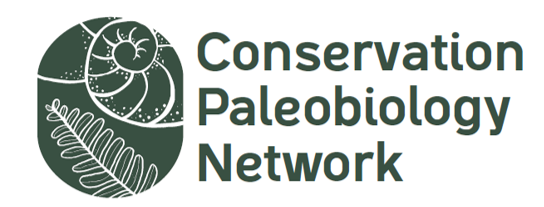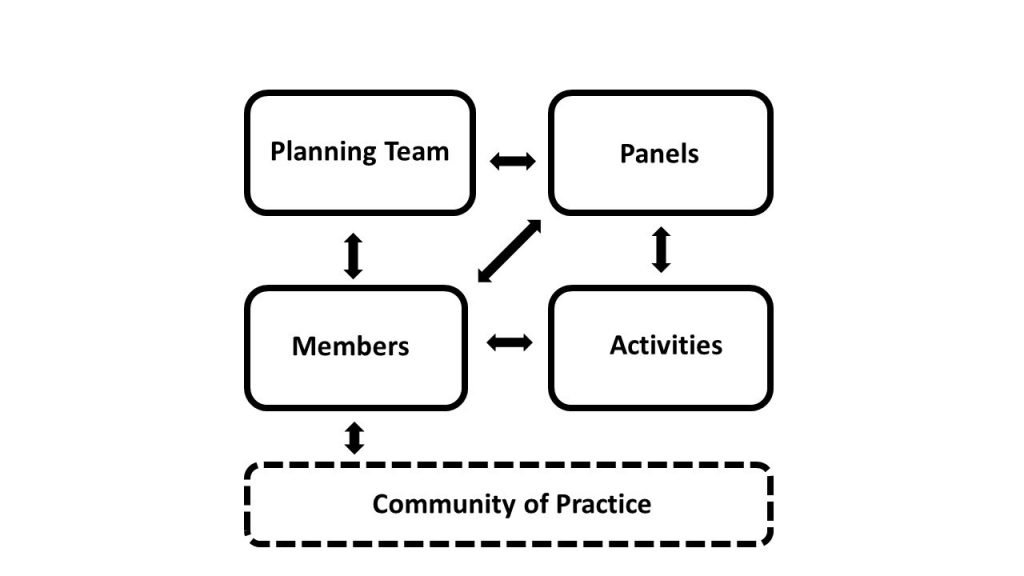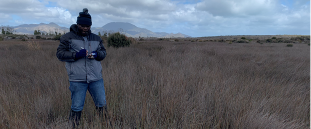How the CPN is Organized
The Conservation Paleobiology Network is organized into groups of people who share responsibilities for organizing, developing, and advising various components of the network. The core group overseeing the network development is the Planning Team, which includes the Steering Committee (nine members, including the Principal Investigator, Coordinator, and Student Representative) and the Advisory Group. The Planning Team assists in development and oversight of the CPN Panels.



